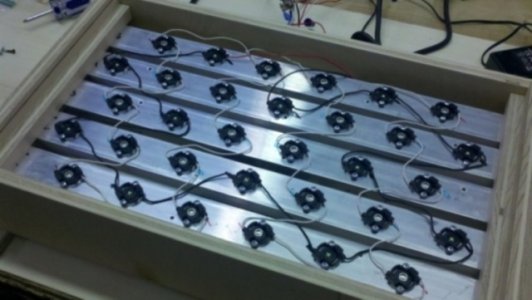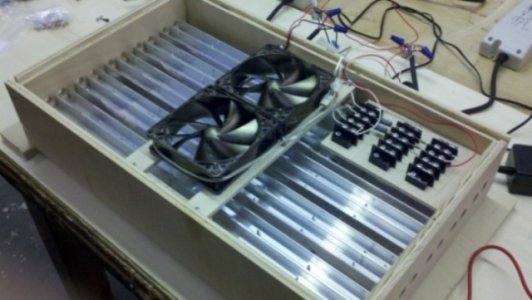widmer
Drug Enthusiast
Gee I expected more pages since I have been gone. Come on DFason what did you fix? Here is what I got working - finally.

Don't know how I missed this until today, I've been playing with the idea of building something very similar for my next tank. So maybe before building it I'll just ask you how it's working out :lol:
So how is it working out so far? I'm thinking at this point I might just have my next fixture rotate the LEDs by one axis instead of two just like my original fixture, due to the fact that the next fixture will be on the ceiling as well, and I don't know if the effect would really be worthwhile when it's projecting from a few feet away. Of course with your fixture being closer to the tank, you can work with many more angles of light entering the water..


